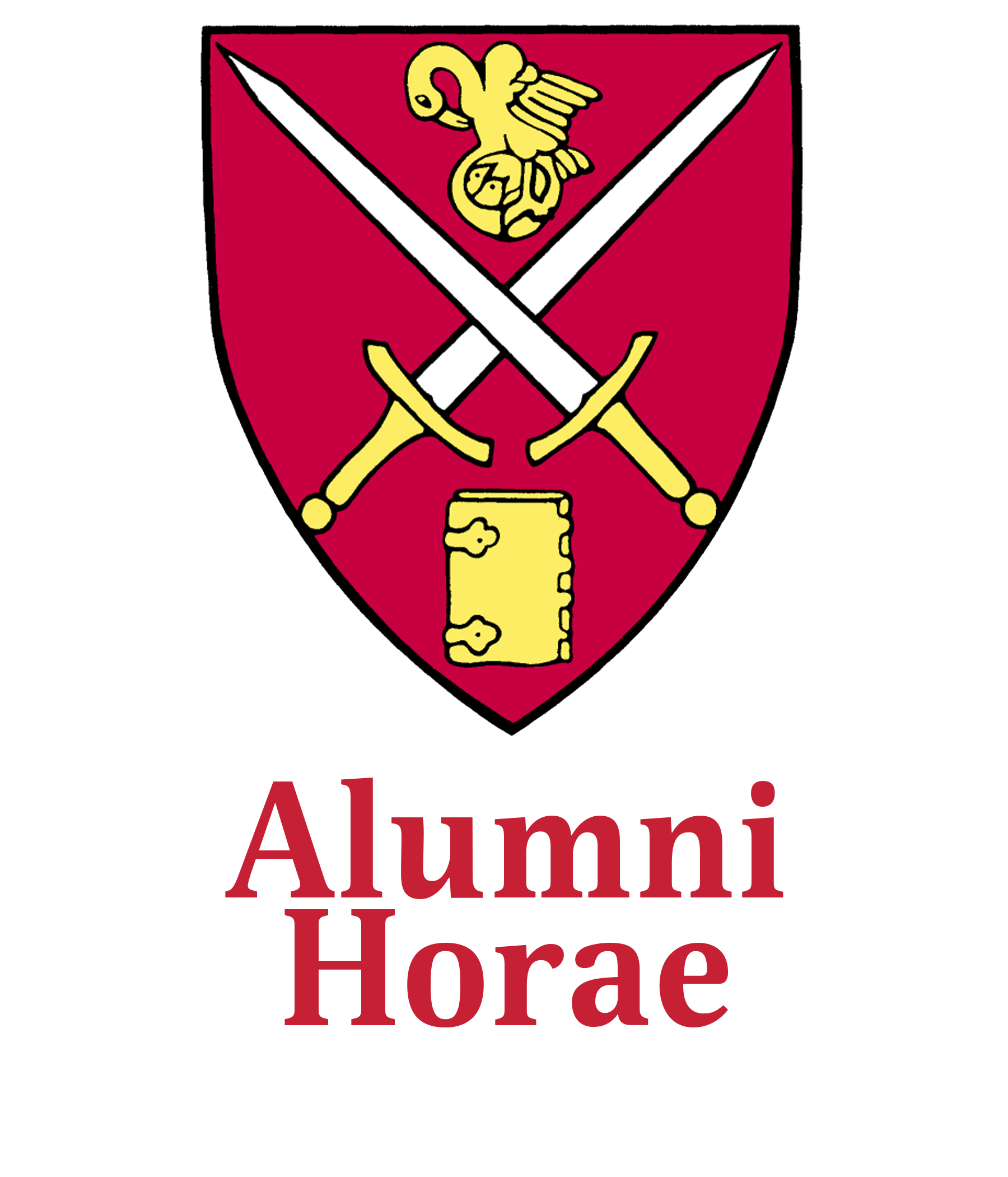SPS Today: Science on a Sphere
Tracking Hurricane Florence
Using data compiled by NOAA, the National Oceanic and Atmospheric Administration, SPS science teacher Darik Vélez projected images on the Science on a Sphere in the Lindsay Center for Mathematics and Science to track the progress of Hurricane Florence, which made landfall near Wrightsville Beach, North Carolina, on the morning of September 14. “We were looking at satellite data of the cloud coverage across the globe over the last month,” said Vélez, “ending with a brief forecast a few hours into the future. This provides an amazing view of hurricanes and major storms, including Hurricane Florence, as it built up strength and then slowed and struck the Carolinas.”
The data compiled by NOAA is shared to the approximately 150 Science on a Sphere (SOS) systems in the world, including the large globe at SPS. The spherical projection systems are typically located in science museums or other public sites, such as the ones at the Grand Canyon Visitor Center in Arizona, at NASA Goddard Visitor Center in Maryland, and at the Smithsonian Museum of Natural History in Washington, D.C. St. Paul’s is one of only two high schools in the United States with a Science on a Sphere. Vélez made the data and images available for the full academic day on September 12, both for individuals and for science classes wishing to view the hurricane’s movements and characteristics.
“In one class, student interest led to a discussion of how hurricanes are different in the different hemispheres, including where they occur most frequently and why they rotate in a particular direction,” explained Vélez. “This session was one of the first open SOS days – I am planning to do more in the future.”

